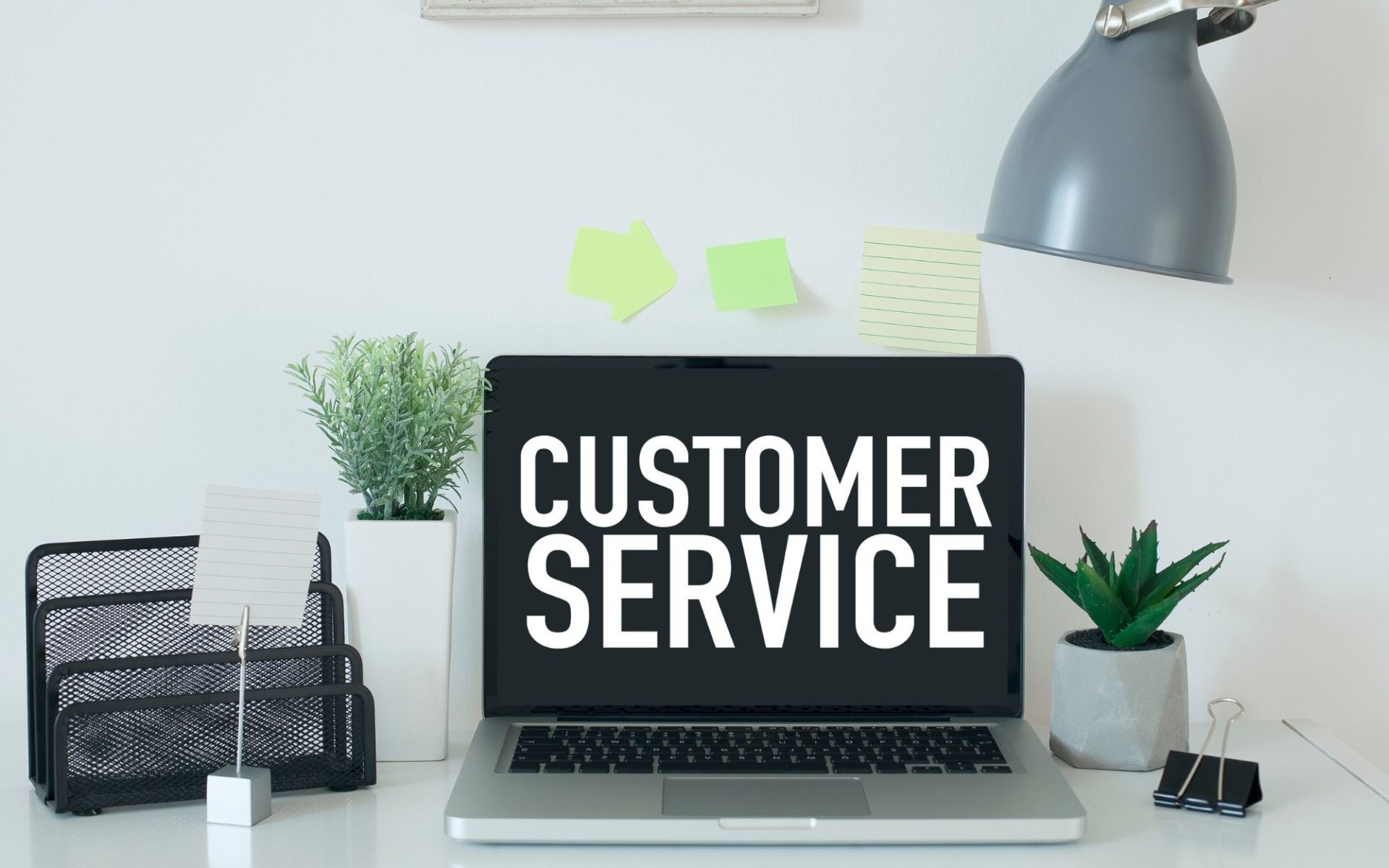In most organisations, the customer service department and the sales team are two separate entities. But in actual fact, they should be treated as part of a customer cycle, and not be divided in their purpose or function.
Why? Because together there is a greater capacity to fuel sales even further, and this is a key aspect that many organisations are failing to recognise. Successfully leveraging this potential could add millions of dollars of revenue to a business.
This is especially poignant when research reveals it actually costs five times more to earn new business than it does to retain existing customers. Add on the prospect of upselling and you’ve likely tapped into a revenue stream that previously may have been overlooked.
What should the ‘cycle’ look like?
The cycle is about using customer support to further fuel sales. It’s as simple as that in its concept, but it’s a capability that is lost—or understood, but poorly implemented—in many organisations.
In order to have a solid ROI there must be a return function from where sales hand over new clients to customer service. It is about making sure a purchaser isn’t seen as only having the ability for one transaction, when they could be continually nurtured and passed back to sales when a new need arises.
Where to find the ‘wow’ in customer service
It wouldn’t be hard to find someone who has felt ignored or forgotten about by a business as soon as they made their purchase. Which seems unfair and rather contradictory to the whole selling process.
Steve Bambury, SalesStar’s Head of Marketing, says that organisations must put in place practical strategies to continually delight customers, and have them coming back.
“In order to not only survive but thrive, businesses need to create and consistently deliver a world-class buying experience through the development of a strong service culture, supported by effective infrastructure and systems.
“Organisations must create happy, memorable and mentionable experiences for their clients that will have them returning time and again. As well as bringing everyone they know with them.”
How can this be incorporated into an organisation?
It is important that the process to enable the customer service and sales cycle is not too complex for anyone involved, and that the lines of communication are open between all parties to ensure there are no roadblocks hindering its success. There is nothing worse than support not being able to hand back to sales, or the customer not being able to get in touch with the service team.
It’s about thinking like the end-user, and considering what they would want to happen after being sold a product or service. And this leads onto the final point below.
Why customer service training is important
Why is training required? It makes sure that all elements of the cycle are managed properly, so that each individual is aware of the process and their role when it comes to fuelling sales with established customers.
Sometimes organisations can be too quick in creating a strategy and will then try to implement it without considering the requirement for upskilling team members. If re-engaging with customers and having them make multiple transactions were easy, wouldn’t everyone already be doing it? And doing it well?
For such a value-adding concept, it is important to do it right. And sometimes it is about getting the experts in to ensure it happens as it should.
The importance of building your internal teams
Until your internal teams are working together in harmony, your external customer service will continually struggle to “delight” the external customer and create that wow experience. A good understanding between teams and departments, with respect and appreciation, builds team morale and happiness in the workplace, both of which are proven to significantly impact productivity and performance.
This is why SalesStar rolled out their customer service programme, Think Like a Customer (TLC), to their internal staff. “It is important that our entire team is on the same page when it comes to customer service. Doing TLC and being a product of the product was a huge priority for us,” says Steve Bambury.
Good internal teams can take time to build, but here are a few ways to speed it along:
- Develop standard methodologies to produce consistency and service excellence.
- Align the interests of your internal team with external customers to improve company loyalty on both sides.
- Work to resolve internal conflicts to improve workplace wellbeing and productivity.
- Provide a fun, productive and meaningful work environment to attract and retain employees.
- Find ways to empower your staff. Happy staff will in turn make happy customers.
Upselling, cross-selling, retention and referrals—there are so many possibilities that current customers offer organisations, and there is no doubt that overlooking these opportunities is at the detriment to sales success and company growth. When it comes to business, if you don’t want to wow your customer, there will be someone just down the road who will be happy to.









